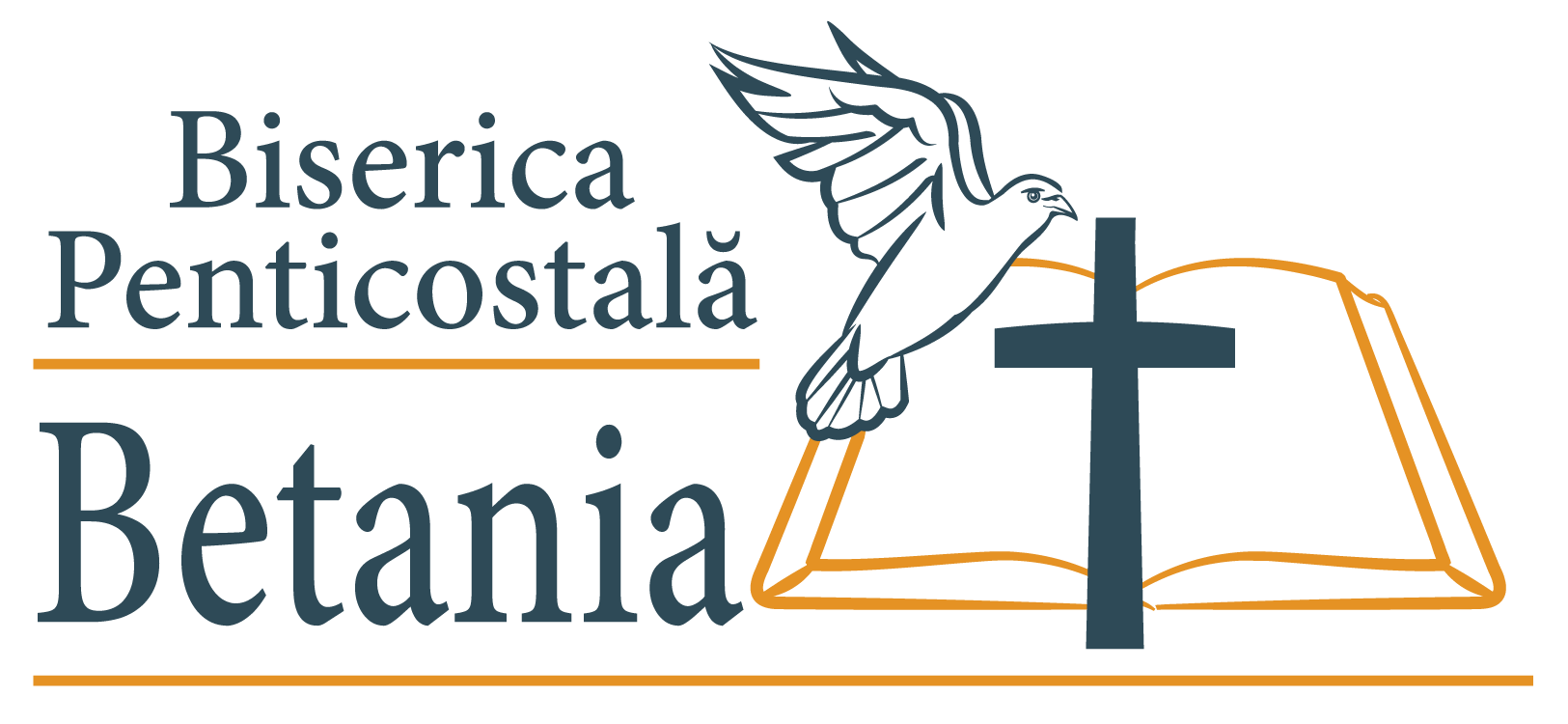5 octombrie
5 octombrie
Duminică, 5 octombrie 2025, Ioan 1:1-51
Evanghelia după Ioan se deosebește de celelalte trei Evanghelii – Matei, Marcu și Luca (cunoscute ca Evanghelii sinoptice) prin faptul că se concentrează mai mult pe teme spirituale decât pe evenimente istorice, oferind în felul acesta o perspectivă contemplativă, mistică și revelatoare asupra persoanei și lucrării lui Isus.
Ioan a scris Evanghelia sa în Efes la aproximativ 30 de ani după sinoptici (Matei, Marcu și Luca), adresându-se unei comunități creștine deja formate, confruntate cu erezii timpurii precum gnosticismul și docetismul, care negau realitatea întrupării lui Cristos.
Aproximativ 90% din conținutul Evangheliei după Ioan nu apare în celelalte evanghelii.
Spre deosebire de sinoptici, Ioan nu include parabole, ci discursuri teologice. În timp ce sinopticii se concentrează pe viața pământească a Mântuitorului, Ioan explorează identitatea Sa divină – Isus este „Fiul lui Dumnezeu”, „Lumina lumii”, „Pâinea vieții”, „Calea, Adevărul și Viața”.
Evanghelia după Ioan nu începe cu genealogii sau relatarea întrupării Mântuitorului, ci cu o proclamare cosmică: „La început era Cuvântul…” (vers. 1).
Versetul-cheie al Evangheliei după Ioan este 20:31: „Dar lucrurile acestea au fost scrise pentru ca voi să credeţi că Isus este Hristosul, Fiul lui Dumnezeu; şi, crezând, să aveţi viaţa în Numele Lui.”
Capitolul 1 poate fi împărțit în câteva secțiuni:
1. Prologul teologic (vers. 1–18)
(a) „La început era Cuvântul…” (vers. 1a) – Isus este etern, divin, coexistent cu Dumnezeu.
(b) „Cuvântul era Dumnezeu” (vers. 1c) – afirmarea divinității Mântuitorului.
(c) „Toate lucrurile au fost făcute prin El” (vers. 3) – Isus este Creatorul.
(d) „Toate au fost făcute prin El și pentru El.” (Coloseni 1:16–17) Cristos nu este o ființă creată, ci este Creatorul; viața și lumina din lume provin de la El.
(e) „Lumina luminează în întuneric” (vers. 5a) – tema luminii și întunericului.
(f) „Cuvântul S-a făcut trup” (vers. 14) – întruparea: Dumnezeu se întrupează și devine om, un eveniment unic, concret.
Harul și adevărul nu sunt simple concepte, ci o persoană — Isus Hristos, Logosul divin întrupat pentru mântuirea omului: „Căci Legea a fost dată prin Moise, dar harul și adevărul au venit prin Isus Hristos.” (vers. 17)
2. Mărturia lui Ioan Botezătorul (vers. 6–8, 15, 19–34)
Ioan precizează faptul că nu el este Mesia, ci „glasul celui ce strigă în pustie” (vers. 23): „Iată Mielul lui Dumnezeu, care ridică păcatul lumii” (vers. 29) – identificarea lui Isus ca jertfă.
Ioan Botezătorul este martorul trimis să pregătească calea, însă Isus întrupat este Unsul lui Dumnezeu, plin de Duhul Sfânt: „Eu am văzut și am mărturisit că El este Fiul lui Dumnezeu” (vers. 34).
Ioan Botezătorul nu este Lumina, ci martorul care o vestește: „A venit un om trimis de Dumnezeu… ca să mărturisească despre Lumină” (vers. 6–7).
El recunoaște cu umilință misiunea profetică a Mântuitorului: „Nu sunt vrednic să-I dezleg cureaua încălțămintei” (vers. 27). Ioan Botezătorul este modelul slujitorului smerit: „El trebuie să crească, iar eu să mă micșorez” (vers. 30).
Cristosul întrupat este primit de unii și respins de alții: „A venit la ai Săi, și ai Săi nu L-au primit. Dar tuturor celor ce L-au primit… le-a dat dreptul să se facă copii ai lui Dumnezeu” (vers. 11–12).
3. Chemarea primilor ucenici (vers. 35–51)
Chemarea primilor ucenici (vers. 35–51) este mai profundă în comparație cu celelalte Evanghelii. Ioan nu descrie o chemare colectivă pe malul mării, ci o serie de întâlniri individuale, pline de revelație, curiozitate și transformare.
Domnul nu rostește doar porunca „Veniți după Mine” ca în sinoptici, ci provoacă o căutare personală: „Ce căutați?” (vers. 38) Chemarea este relațională, revelatoare și progresivă. Ucenicii nu sunt recrutați, ci invitați să-L descopere pe Mesia în mod personal.
Andrei (vers. 35–39), Petru (vers. 40–42), Filip și Natanael (vers. 43–51) sunt chemați personal. Andrei i-a spus fratelui său, Petru: „Am găsit pe Mesia (Unsul)” (vers. 41).
Mărturisirea lui Natanael după ce L-a găsit pe Mesia: „Tu ești Fiul lui Dumnezeu, Împăratul lui Israel” (vers. 49).
Mesajul capitolului 1 din Ioan arată divinitatea absolută a lui Isus: El este Dumnezeu, Creator și Mântuitor. Ioan ne invită la o cunoaștere personală a lui Cristos – la relație, nu la religie.
Să gestionăm cu responsabilitate, maturitate și teamă de Domnul revelația descoperită prin Cuvânt și să ne închinăm viața în mod plenar lui Dumnezeu.
Pastor Luigi Mițoi
Sunday, October 5, 2025, John 1:1–51
The Gospel of John is different from the other three Gospels—Matthew, Mark, and Luke (known as the Synoptic Gospels)—because it focuses more on spiritual themes than on historical events, thus offering a contemplative, mystical, and revelatory perspective on the person and work of Jesus.
John wrote his Gospel in Ephesus about 30 years after the Synoptics (Matthew, Mark, and Luke), addressing an already established Christian community, confronted with early heresies such as Gnosticism and Docetism, which denied the reality of Christ’s incarnation.
About 90% of the content of the Gospel of John does not appear in the other Gospels.
Unlike the Synoptics, John does not include parables, but theological discourses. While the Synoptics focus on the earthly life of the Savior, John explores His divine identity—Jesus is “the Son of God,” “the Light of the world,” “the Bread of life,” “the Way, the Truth, and the Life.”
The Gospel of John does not begin with genealogies or the account of the Savior’s incarnation, but with a cosmic proclamation: “In the beginning was the Word…” (v. 1).
The key verse of the Gospel of John is 20:31: “But these are written that you may believe that Jesus is the Messiah, the Son of God, and that by believing you may have life in his name.”
John chapter 1 can be divided into several sections:
1. The Theological Prologue (vv. 1–18)
(a) “In the beginning was the Word…” (v. 1a) – Jesus is eternal, divine, coexistent with God.
(b) “The Word was God” (v. 1c) – the affirmation of the Savior’s divinity.
(c) “Through him all things were made” (v. 3) – Jesus is the Creator.
(d) “All things have been created through him and for him.” (Colossians 1:16–17) Christ is not a created being but the Creator; life and light in the world come from Him.
(e) “The light shines in the darkness” (v. 5a) – the theme of light and darkness.
(f) “The Word became flesh” (v. 14) – the incarnation: God becomes flesh and takes on humanity, a unique and concrete event.
Grace and truth are not abstract concepts, but a person—Jesus Christ, the divine Logos incarnate for man’s salvation: “For the law was given through Moses; grace and truth came through Jesus Christ.” (v. 17)
2. The Testimony of John the Baptist (vv. 6–8, 15, 19–34)
John makes it clear that he is not the Messiah, but “the voice of one calling in the wilderness” (v. 23): “Look, the Lamb of God, who takes away the sin of the world!” (v. 29) – identifying Jesus as the sacrifice.
John the Baptist is the witness sent to prepare the way, but the incarnate Jesus is the Anointed of God, full of the Holy Spirit: “I have seen and I testify that this is God’s Chosen One.” (v. 34)
John the Baptist is not the Light but the witness to it: “There was a man sent from God… He came as a witness to testify concerning that light.” (vv. 6–7)
He humbly acknowledges the prophetic mission of the Savior: “I am not worthy to untie the straps of his sandals.” (v. 27) John the Baptist is the model of the humble servant: “He must become greater; I must become less.” (v. 30)
The incarnate Christ is received by some and rejected by others: “He came to that which was his own, but his own did not receive him. Yet to all who did receive him… he gave the right to become children of God.” (vv. 11–12)
3. The Calling of the First Disciples (vv. 35–51)
The calling of the first disciples (vv. 35–51) is deeper compared to the other Gospels. John does not describe a collective calling on the seashore but a series of individual encounters, full of revelation, curiosity, and transformation.
The Lord does not only speak the command “Follow me” as in the Synoptics, but stirs up a personal search: “What do you want?” (v. 38). The calling is relational, revelatory, and progressive. The disciples are not recruited, but invited to personally discover the Messiah.
Andrew (vv. 35–39), Peter (vv. 40–42), Philip, and Nathanael (vv. 43–51) are called personally. Andrew told his brother Peter: “We have found the Messiah (that is, the Christ).” (v. 41)
Nathanael’s confession after encountering the Messiah: “Rabbi, you are the Son of God; you are the king of Israel.” (v. 49).
The message of John chapter 1 reveals the absolute divinity of Jesus: He is God, Creator, and Savior. John invites us to a personal knowledge of Christ—not to religion, but to relationship.
Let us manage with responsibility, maturity, and reverence the revelation given through the Word and dedicate our lives fully to God.

